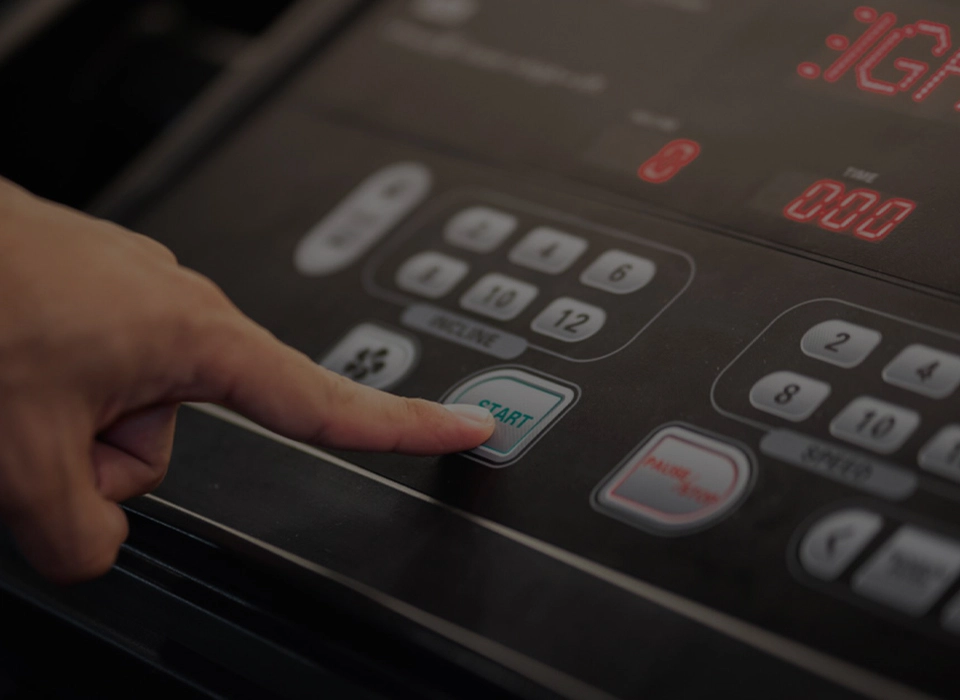Surface Mount Technology (SMT) is a process of mounting electronic components on the surface of a printed circuit board (PCB) or flexible printed circuit (FPC) board. SMT has become a popular choice for manufacturers due to its precision, efficiency, and cost-effectiveness. When it comes to membrane switches, SMT is a crucial factor to consider. In this article, we will explore what SMT means for membrane switches and why it is significant when FPC and PCB are selected as the circuit.
Membrane switches are widely used in a range of electronic devices, from industrial equipment to medical devices. They are designed to provide a user interface that is easy to use, reliable, and cost-effective. However, the performance of a membrane switch depends on various factors, including the materials used, the design, and the manufacturing process.
One of the critical factors that affect the performance of a membrane switch is the manufacturing process. Surface Mount Technology (SMT) is a popular process used in the production of electronic devices. In this article, we will explore the significance of SMT for membrane switches, particularly when FPC and PCB are selected as the circuit.
A membrane switch is a low-profile device that is composed of several layers, including a graphic overlay, spacer, and circuitry. They are designed to provide a user interface that is easy to use, reliable, and cost-effective. Membrane switches can be customized to suit specific requirements, including the size, shape, and color.
Surface Mount Technology (SMT) is a process of mounting electronic components on the surface of a printed circuit board (PCB) or flexible printed circuit (FPC) board. SMT is widely used in the electronics industry due to its precision, efficiency, and cost-effectiveness.
SMT involves placing electronic components, such as resistors, capacitors, and integrated circuits, on the surface of a PCB or FPC.
Cost-effectiveness: SMT reduces the cost of production by minimizing the use of materials and reducing waste.
Design flexibility: SMT allows for smaller and more complex designs, which is essential in the case of custom membrane switches that require a high degree of customization.
Improved durability: SMT provides better resistance to shock and vibration, resulting in a more durable and reliable membrane switch.
Flexible printed circuits (FPCs) are a type of circuit board that is designed to be flexible and bendable. FPCs are widely used in applications that require a high degree of flexibility, such as in medical devices, aerospace, and automotive industries. SMT is a crucial factor to consider when using FPCs for membrane switches.
SMT allows for the placement of electronic components directly on the surface of the FPC, resulting in a more compact and flexible design. This is particularly important in applications where space is limited, and the membrane switch needs to be flexible and durable. SMT also provides better reliability and durability for FPC-based membrane switches, making them an ideal choice for applications that require a high degree of flexibility.
Printed circuit boards (PCBs) are the most common type of circuit board used in electronic devices. PCBs are made of a non-conductive substrate that is coated with a layer of conductive material, such as copper. SMT is widely used in the production of PCB-based membrane switches.
SMT allows for the placement of electronic components directly on the surface of the PCB, resulting in a more compact and efficient design. This is particularly important in applications where space is limited, and the china membrane switch needs to be reliable and durable. SMT also provides better resistance to shock and vibration, making PCB-based membrane switches an ideal choice for applications in harsh environments.
